Why Lumens Matter in B2B Purchasing: Balancing Performance and Cost
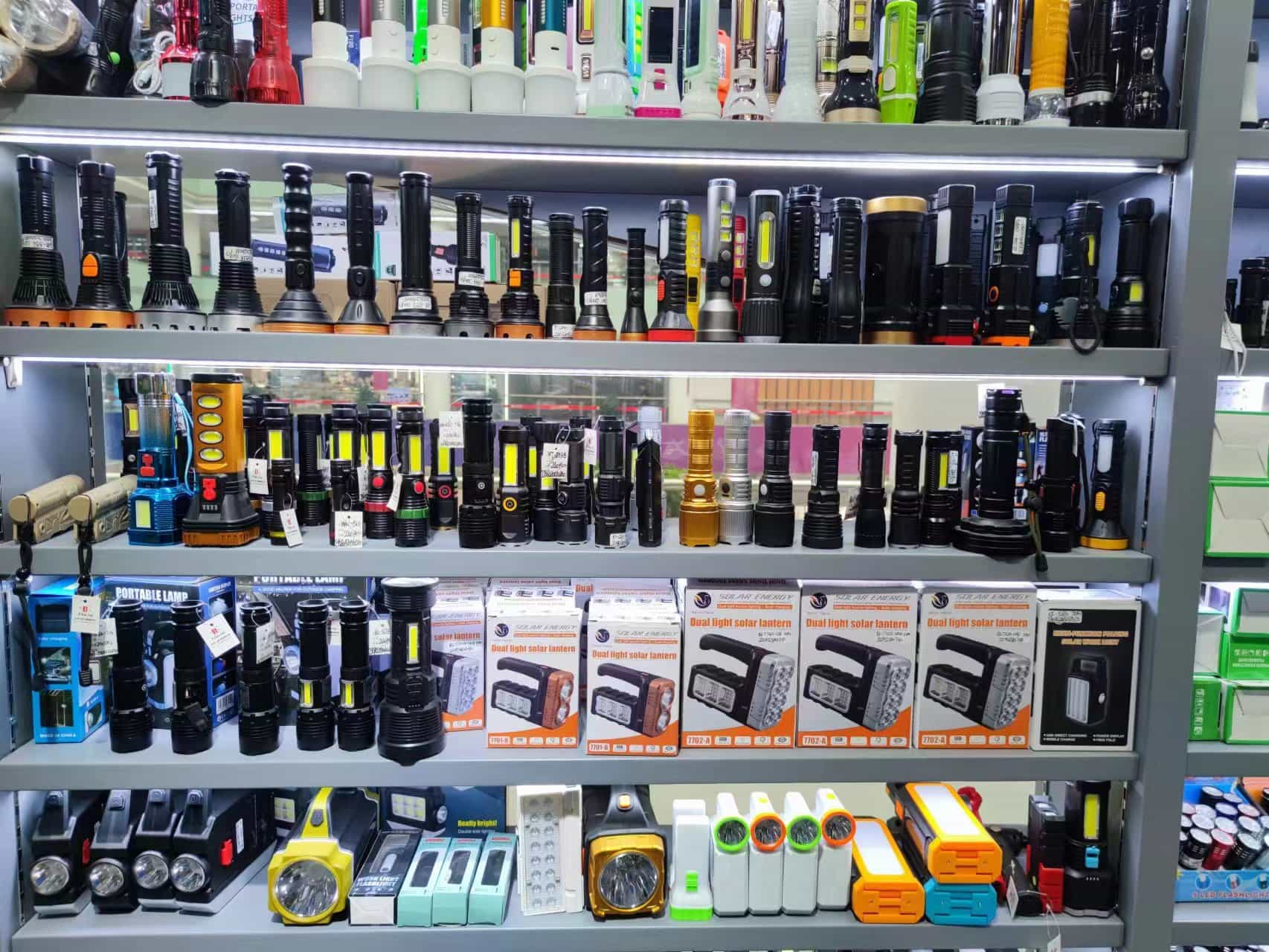
You make lighting decisions that directly affect safety and performance in your facility. Lumens help you measure brightness, which b2b buyers use to improve productivity and reduce errors. Industrial environments need proper lumen output for tasks and safety. See recommended lux levels below:
Environment Type | Recommended Lux Level |
|---|---|
Warehouses | 150 - 300 lux |
Retail Stores | 500 - 1000 lux |
Industrial | 300 - 750 lux |
Balancing performance and price ensures cost-effectiveness when choosing a flashlight supplier.
Key Takeaways
Understand lumens as a measure of brightness. This helps you select lighting that enhances safety and productivity in your facility.
Prioritize energy-efficient lighting options like LEDs. They provide higher lumens per watt, leading to lower energy costs and improved performance.
Regularly review your lighting systems and controls. This ensures optimal lumens, meets safety standards, and supports long-term cost-effectiveness.
Lumens and Lighting Performance
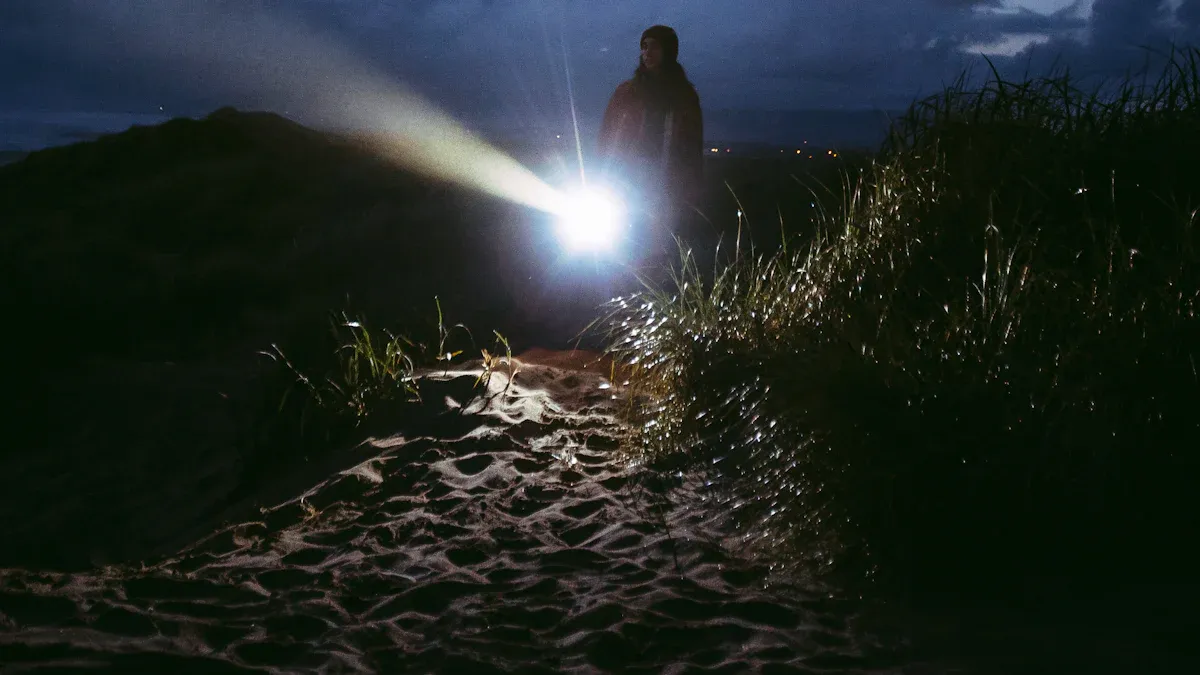
What Are Lumens?
You need to understand lumens when evaluating lighting solutions for your business. Lumens, abbreviated as lm, quantify the light output of luminaires and serve as the industry-standard for measuring brightness. This measurement focuses on the light output, making it essential for comparing different light sources effectively. Unlike watts, which indicate power consumption, lumens provide a standard unit that directly measures the light output. You can use lumens to estimate brightness quickly and compare products across brands.
Tip: Always check the lumens rating before making a purchase. This helps you select lighting that meets your facility’s requirements for effective lumens and high light output.
Benefit | Explanation |
|---|---|
Brightness Estimation | Lumen provides a quick indicator of a bulb's raw brightness, essential for initial assessments. |
Useful for At-a-glance Comparison | It serves as a standardized metric for comparing products across brands, aiding in decision-making. |
Industry benchmarks exist for minimum lumen requirements in different commercial and industrial facilities. These standards help you maintain safety and productivity.
Facility Type | Minimum Lumen Requirement |
|---|---|
General Work Areas | 5 foot-candles (fc) |
Stairways and Passageways | 2 foot-candles (fc) |
Loading Areas | 20 foot-candles (fc) |
Warehouses | 20–30 foot-candles (fc) |
Manufacturing | 50–100 foot-candles (fc) |
First-aid Stations | 30 foot-candles (fc) |
Underground Shafts | 5 foot-candles (fc) |
Waste Areas | 3 foot-candles (fc) |
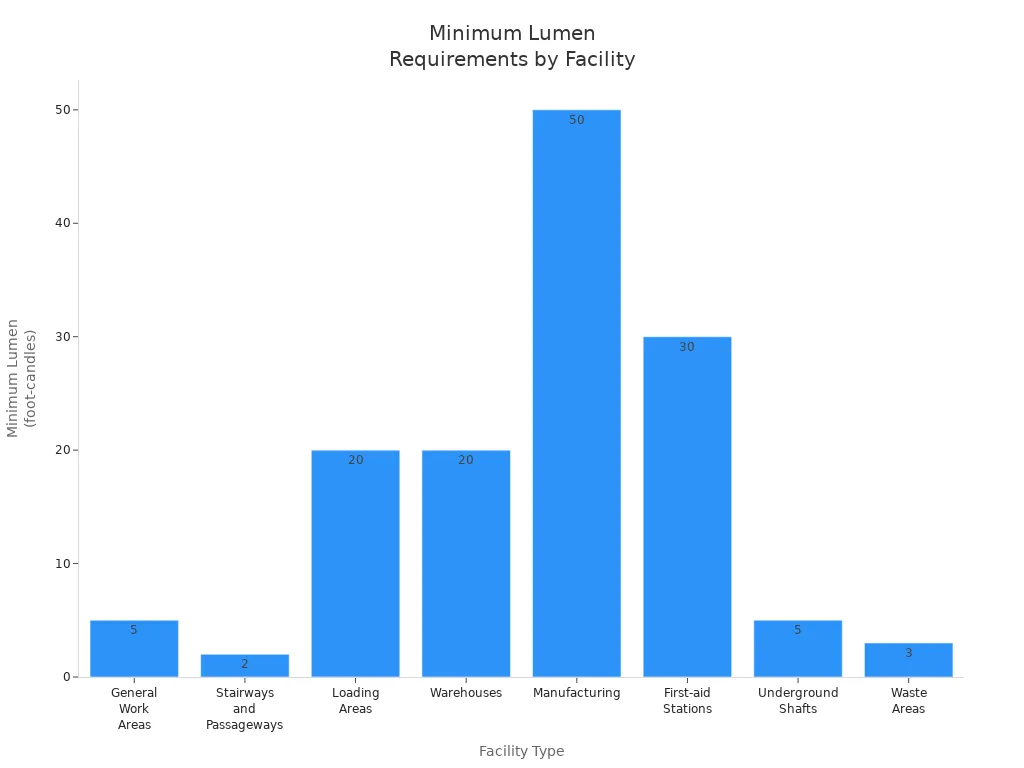
You should follow OSHA and IES guidelines to ensure your facility meets minimum illumination levels for health and safety. Effective lumens play a critical role in workplace safety and visual comfort.
Lumens vs. Wattage in Performance
You may encounter confusion between lumens and wattage when selecting lighting. Lumens measure the actual light output, while watts measure energy consumption. In modern LED lighting systems, lumens are the true measure of brightness. Higher wattage does not guarantee higher performance or high light output, especially with energy-efficient equipment. For example, a high-quality LED can produce significantly more lumens per watt than a traditional incandescent bulb.
Technology Type | Watts | Lumens | Lumens per Watt |
|---|---|---|---|
Incandescent (60W) | 60 | 800 | 13.33 |
LED Equivalent | 10-15 | 800 | 53.33-80 |
Metal Halide (250W) | 250 | 14000 | 56 |
LED Area Light | 100-150 | 14000 | 93.33-140 |
You should focus on luminous efficacy, which is the ratio of lumens produced to watts consumed. A higher lumens-to-wattage ratio means your lighting source generates more light for each watt of energy used. This leads to lower energy consumption and enhanced light performance in commercial environments.
LED lights can achieve luminous efficacy values ranging from 20 lm/W to over 200 lm/W, making them significantly more efficient than traditional bulbs.
This efficiency translates to lower energy consumption and reduced electricity costs for commercial settings.
By choosing energy-efficient equipment, you can drastically lower your energy usage while improving lighting quality.
Many B2B buyers mistakenly believe that wattage is a reliable measure of brightness. You should avoid this misconception and prioritize effective lumens when assessing lighting options. Two LED fixtures with the same wattage can produce different light output due to variations in manufacturing quality. Focusing solely on wattage ignores important factors like color rendering and light distribution, which are crucial for optimal performance.
Note: Transitioning to LED lighting can reduce energy consumption by up to 80% compared to traditional lighting. This supports sustainability goals and minimizes waste due to the longevity of LED lights.
Impact on Stage Lighting Equipment
Stage lighting equipment requires careful consideration of lumens for effective performance. You must select fixtures that deliver high light output and effective lumens to ensure visibility and clarity. The recommended lumen levels for stage lighting equipment vary by venue type.
Venue Type | Recommended Lumen Levels |
|---|---|
Outdoor Events | High-output fixtures for clarity and precision |
Large-scale Productions | Essential for achieving visibility across distances |
Indoor/Theatrical Applications | Adjustable brightness for refined control |
For small theaters with up to 500 seats, you should use stage lighting equipment that provides 7,000-15,000 lumens. Mid-size venues with 500-1,500 seats require 15,000-30,000 lumens. Large arenas with more than 1,500 seats need stage lighting equipment with 30,000+ lumens.
Small theaters (up to 500 seats): 7,000-15,000 lumens
Mid-size venues (500-1,500 seats): 15,000-30,000 lumens
Large arenas (1,500+ seats): 30,000+ lumens
In larger spaces, high-output fixtures and a complex lighting design prevent shadows and dark spots. Strategic placement of stage lighting equipment creates focal points and enhances the audience’s experience. You should regularly review your stage lighting equipment to maintain optimal performance and effective lumens.
Advancements in lighting technology have increased the importance of lumens in B2B purchasing decisions. Modern stage lighting equipment offers enhanced battery life, faster charging times, and smart features like mobile app control. These innovations improve operational efficiency and light performance.
You should also consider environmental impacts when choosing high-lumen stage lighting equipment. Transitioning to energy-efficient equipment reduces energy consumption and greenhouse gas emissions. The longevity of LED stage lighting equipment minimizes waste and supports sustainability.
Alert: Effective lumens and high light output are essential for safety, visibility, and audience engagement in professional stage lighting equipment.
Balancing Performance and Price in B2B Lighting
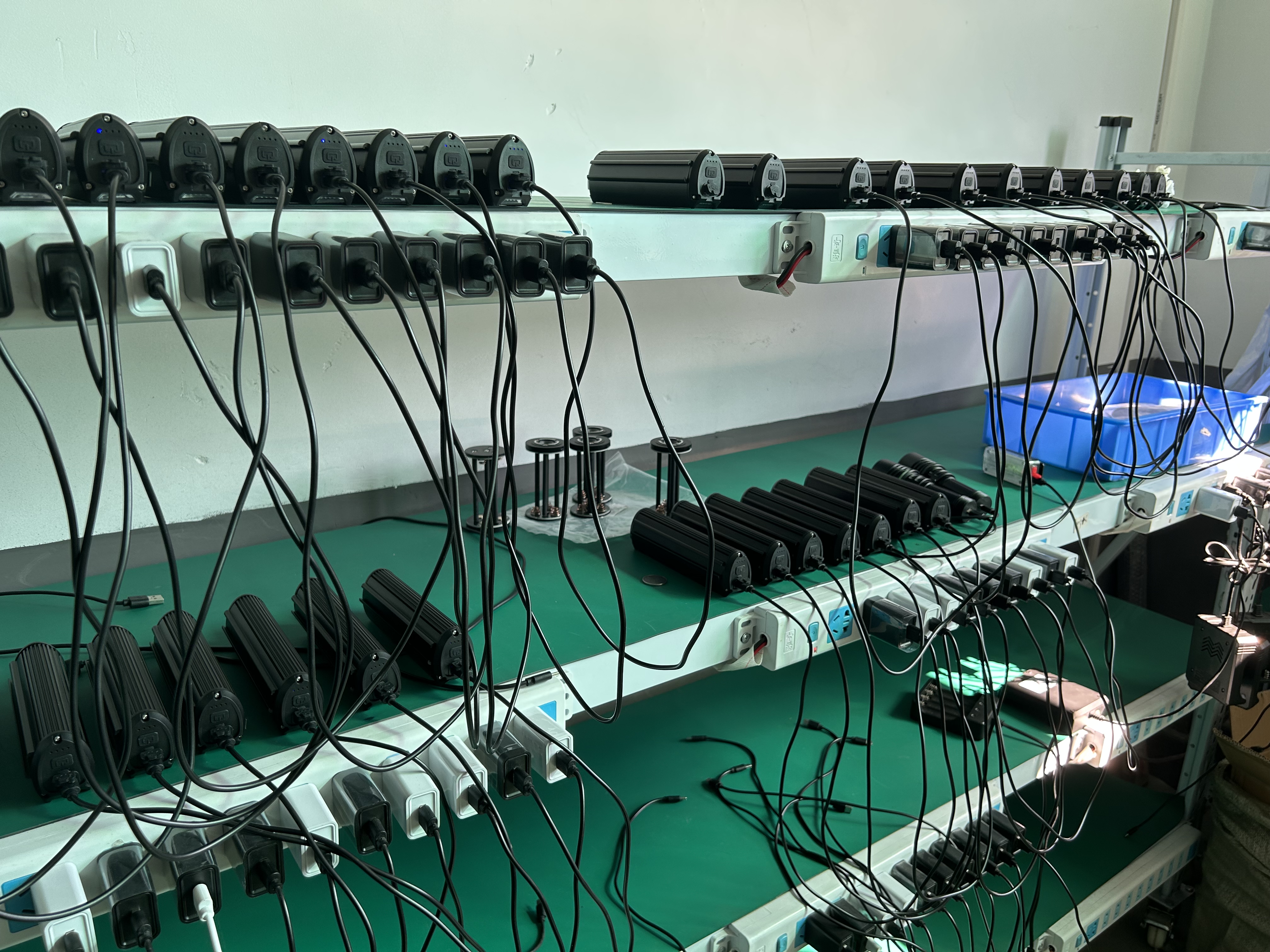
Assessing Cost-Effectiveness
You face many choices when selecting lighting for your facility. Balancing performance and price is essential for achieving high cost-effectiveness. You must look beyond the initial purchase price and consider long-term factors such as maintenance, energy consumption, and replacement frequency. Lighting systems with higher lumens often deliver better performance, but you need to evaluate whether the increased brightness aligns with your budget and performance needs.
The following table compares the life cycle costs of incandescent and compact fluorescent lighting systems with similar lumen outputs over a five-year period:
Category | Incandescent | Compact Fluorescent Light (CFL) |
|---|---|---|
Rating | 60 Watts | 15 Watts |
Lumen output | 865 Lumens | 900 Lumens |
Cost to buy the bulb ($) | $0.60 | $5.00 |
Life of each bulb | 1,000 h | 10,000 h |
Bulbs needed for same life | 10 bulbs - $6.00 | 1 bulb - $5.00 |
Energy Consumption | 600 kWh | 150 kWh |
Cost of Electricity needed for 10,000 h | $51.00 | $12.75 |
Total Cost (Life Cycle costs) to own and operate the bulbs for 10,000 h | $57.00 | $17.75 |
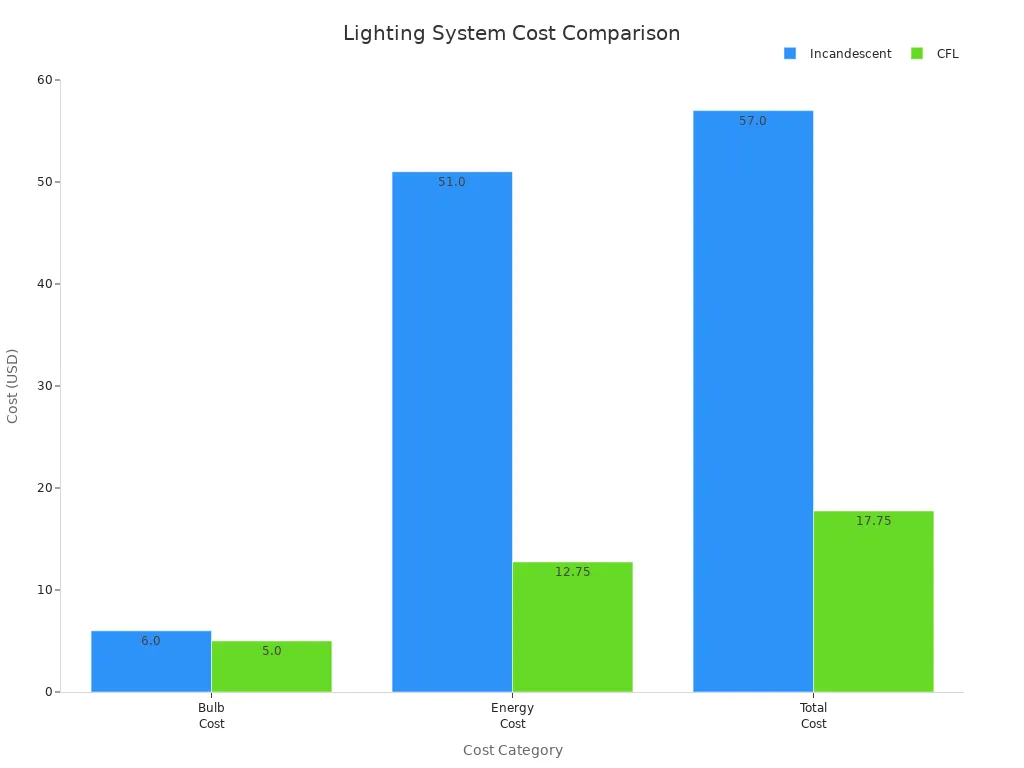
You see that CFLs, with similar lumens, offer much higher cost-effectiveness over time. LED fixtures provide even greater savings, lasting up to 25,000 hours or more and reducing replacement frequency. Although the upfront cost may stretch your budget, the long-term savings on energy bills and maintenance make LEDs a smart choice for high cost-effectiveness.
Tip: Always calculate the total cost of ownership, including energy and maintenance, before finalizing your lighting purchase. This approach helps you stay within your budget range and meet your performance needs.
Energy efficiency incentives and rebates often depend on minimum lumen output and luminous efficacy. For example, commercial troffers and industrial high bay fixtures must meet specific lumens and efficacy standards to qualify for rebates.
Luminaire Type | Minimum Light Output | Luminous Efficacy (LE) |
|---|---|---|
Commercial: Linear ambient | ≥ 375 lm/ft. | ≥ 131 lm/W |
Commercial: 1 ft. x 4 ft. troffers | ≥ 1,500 lm | ≥ 120 lm/W |
Commercial: 2 ft. x 2 ft. troffers | ≥ 2,000 lm | ≥ 123 lm/W |
Commercial: 2 ft. x 4 ft. troffers | ≥ 3,000 lm | ≥ 140 lm/W |
Industrial: Low bay | ≥ 5,000 to < 10,000 lm | ≥ 143 lm/W |
Industrial: High bay | ≥ 10,000 lm | ≥ 175 lm/W |

You should align your lighting choices with your budget range and performance needs to maximize cost-effectiveness. Many businesses fall into the trap of focusing only on price, overlooking performance metrics and maintenance costs. Ignoring lighting design principles can also reduce high cost-effectiveness and compromise safety.
Note: Case studies show that optimizing lumens in lighting upgrades can save energy, improve safety, and increase efficiency. For example, HPH Group achieved a 59% boost in energy efficiency and improved working conditions after upgrading to modern lighting with higher lumens.
Choosing the Right Flashlight Supplier
Selecting a reliable flashlight supplier is crucial for balancing performance and price in bulk purchases. You must assess suppliers based on their ability to deliver consistent lumens, meet your budget range, and fulfill your performance needs. The following criteria help you evaluate flashlight suppliers for high cost-effectiveness:
Criteria | Description |
|---|---|
Assessing Reliability | Measure of a supplier's ability to deliver consistently, accurately, and on time. |
Evaluating Stability | Examine financial health, credit ratings, and business history. |
Monitoring Performance Metrics | Check delivery time and order accuracy. |
Checking References | Get feedback from current or past clients about operational efficiency and customer service. |
Risk Management Considerations | Assess vulnerability to market fluctuations and supply chain disruptions. |
Adaptability and Crisis Management | Evaluate crisis management plans and contingency strategies. |
Communication and Transparency | Ensure open and consistent communication in business relationships. |
You should also look for industry certifications that guarantee safety and performance in challenging environments:
ATEX certification for dangerous places in Europe
IECEx for gear in explosive areas
UL (Class I, Division 1 & 2) for safety in U.S. risky spots
CSA for Canadian safety in tough places
Top-rated flashlight suppliers use strict quality control processes to ensure consistent lumens and product quality. Each flashlight is inspected before packing and shipping. Loose parts are secured, and broken ones are fixed or discarded. Suppliers often comply with certifications like CE, UL, and RoHS, which confirm safety and performance. Requesting samples before bulk orders helps you test performance and verify that products meet your budget range and performance needs.
Alert: Reliable flashlight suppliers help you avoid costly delays and ensure your facility receives lighting that matches your budget and performance needs.
Strategies for Large Spaces
Illuminating large commercial or industrial spaces requires careful planning. You must balance performance and price to achieve high cost-effectiveness and meet your budget range. Understanding lumens and brightness is essential for effective lighting designs. Layered lighting design, smart controls, and proper light distribution all contribute to optimal illumination and safety.
Environment | Foot-candles | Lux |
|---|---|---|
Warehouses - Large Items | 10 | 108 |
Warehouses - Small Items | 30 | 323 |
Offices - Private or Open | 40 | 431 |
Factories - Assembly - Detailed | 100 | 1,076 |
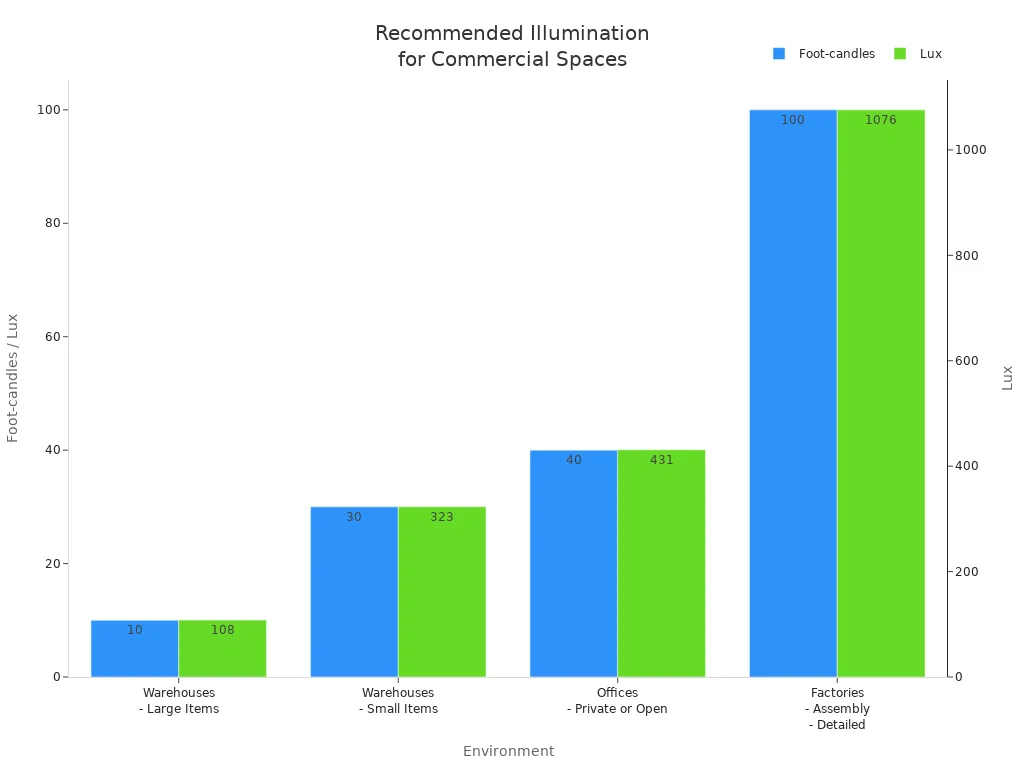
You should use high bay lighting for expansive facilities to provide bright, uniform illumination. This reduces shadows and inconsistent lighting, which can lead to workplace accidents. Poor lighting contributes to falls, costing businesses over $18 billion annually. Enhanced visibility minimizes risks and creates a safer work environment.
Practical tips for large spaces:
Use layered lighting to combine ambient, task, and accent lights for balanced lumens and performance.
Implement smart lighting controls to adjust brightness and save energy within your budget range.
Regularly review lighting layouts to ensure coverage meets your performance needs and budget.
Consider retrofits to upgrade older systems and improve high cost-effectiveness.
Tip: Schedule lighting performance audits every 6-12 months. This helps you maintain optimal lumens, meet safety standards, and stay within your budget.
Best practices for reviewing lighting performance include:
Assess lighting efficiency by measuring lumens per watt.
Evaluate cost-effectiveness using payback period and return on investment.
Implement regular maintenance to extend system lifespan and maintain high cost-effectiveness.
Use lighting simulation tools to predict and verify performance.
Upgrade systems as needed to improve lumens and reduce energy consumption.
You should always align lighting solutions with your budget range and performance needs. This approach ensures high cost-effectiveness and supports long-term operational success.
Block Quote: Balancing performance and price is not just about saving money. It is about creating a safe, productive, and efficient environment that meets your budget and performance needs.
You improve your facility’s safety and efficiency by prioritizing lumens in every lighting purchase. Balancing performance and price leads to long-term savings and reliable operation. Use these strategies to optimize lighting investments:
Review lighting controls and design regularly.
Choose energy-efficient fixtures for better performance.
Key Takeaway | Benefit |
|---|---|
Focus on lumens | Enhanced productivity |
Balance performance | Cost-effectiveness |
FAQ
What is the main advantage of using lumens as a metric in B2B lighting purchases?
You compare brightness across products easily. Lumens help you select lighting that matches your facility’s needs and improves safety and productivity.
How do you ensure lighting systems meet safety standards in large spaces?
You should measure light output regularly. Use recommended lux levels and schedule audits to maintain proper illumination and workplace safety.
Why do businesses request precise dimming capabilities in commercial lighting?
You control brightness for different tasks. Precise dimming capabilities help you save energy and create comfortable environments for employees and customers.
See Also
Understanding 1000 Lumens: A Guide To Brightness Levels
A Detailed Guide To Understanding Flashlight Lumens
Essential Factors To Consider When Buying A Headlamp
